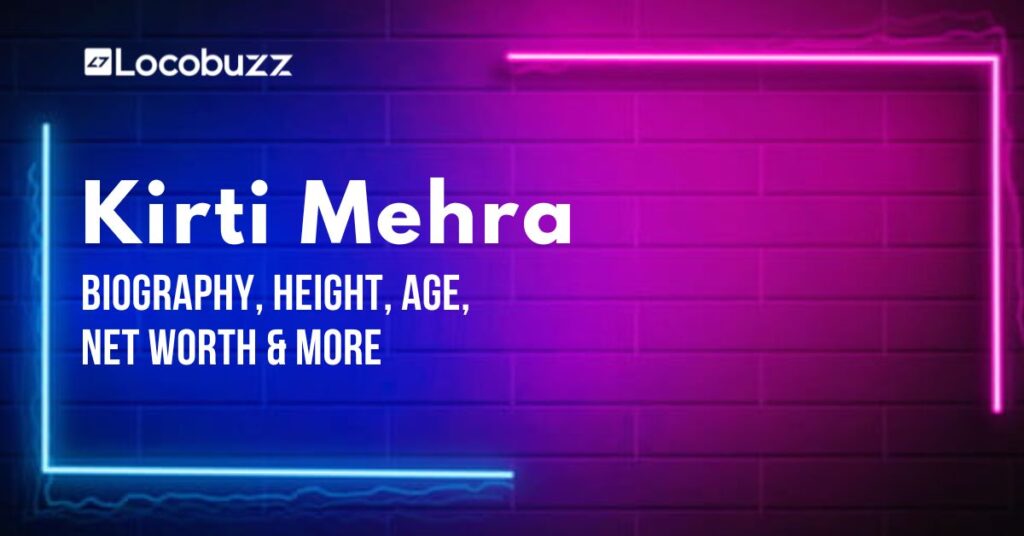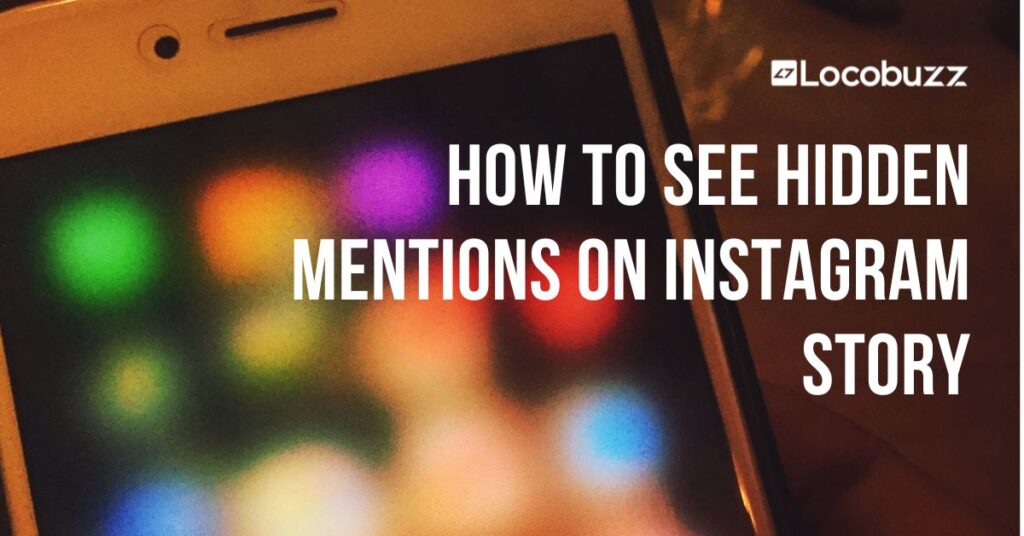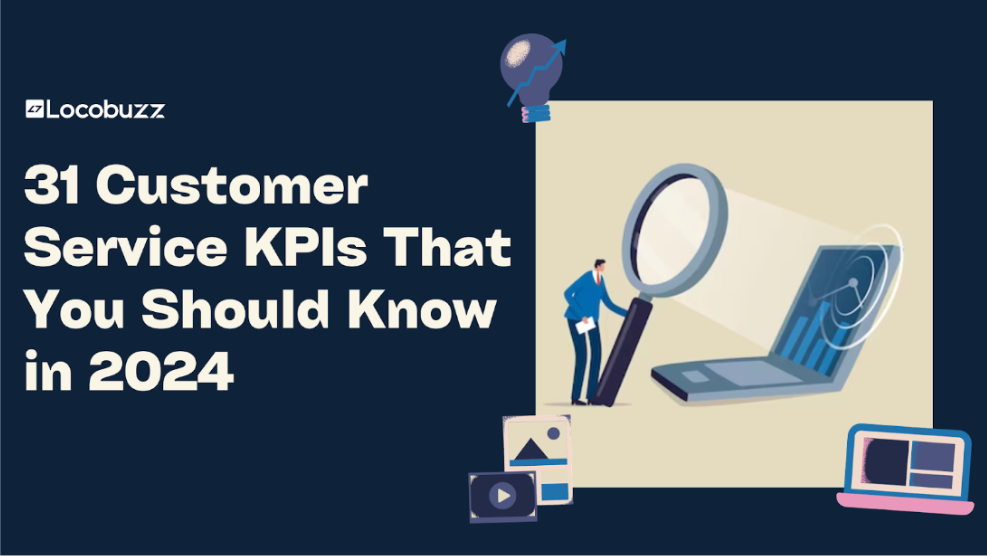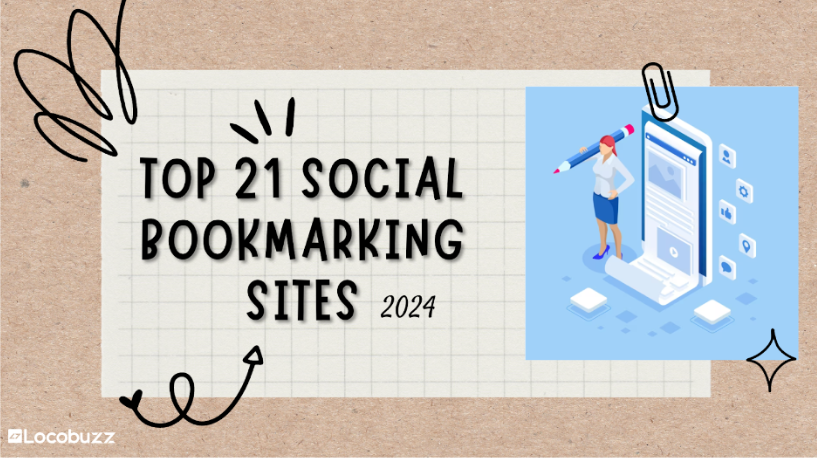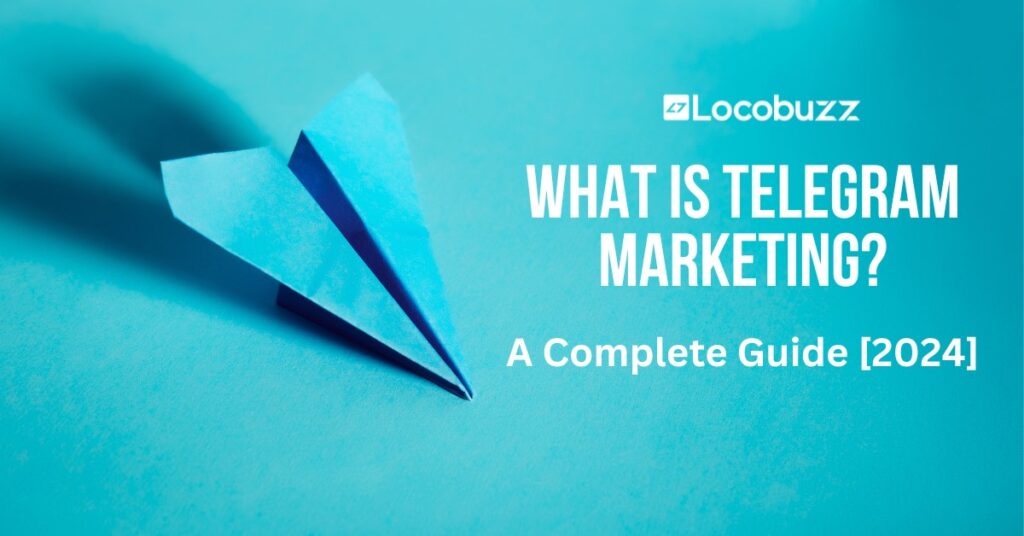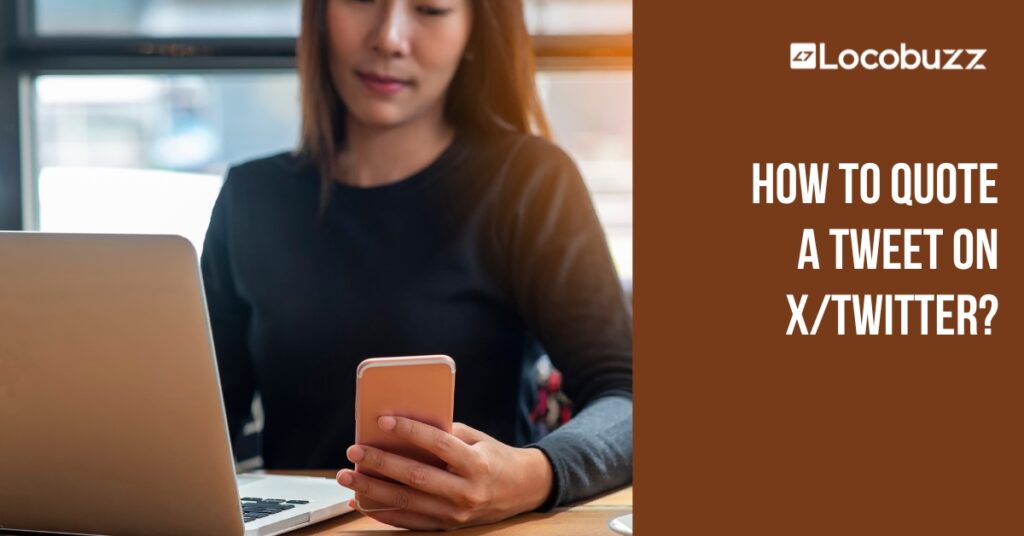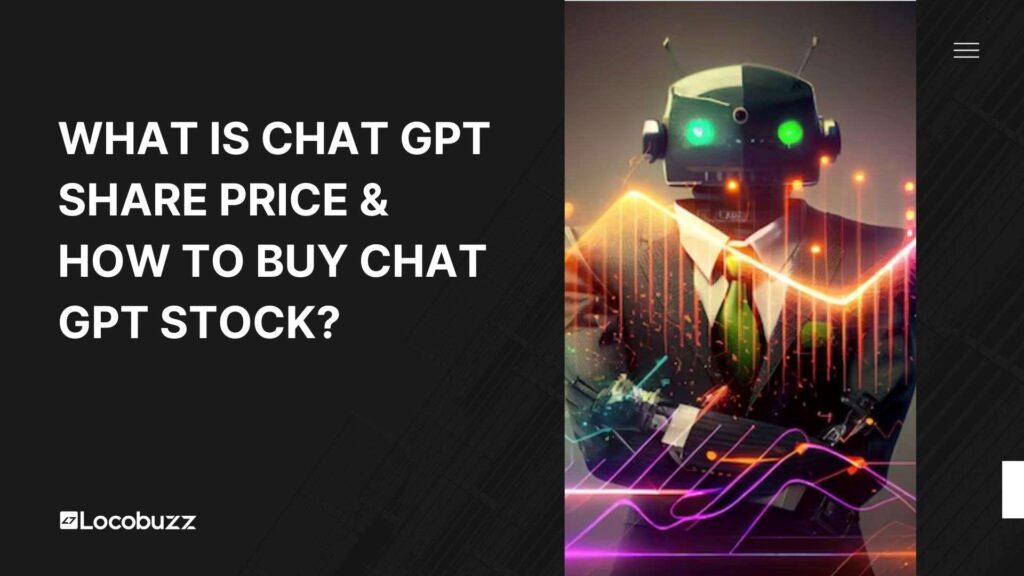Kirti Mehra – Biography, Height, Age, Net Worth & More.
Kirti Mehra – Biography, Height, Age, Net Worth & More Kirti Mehra, also known as Mansi, is a prominent Indian YouTuber and social media influencer hailing from Delhi. With an impressive following of 6 lakh on YouTube and 1.2 million on Instagram, she has established a strong connection with her audience. Beyond individual success, her role within Elvish Yadav’s team showcases her versatility. Born in 1997, Delhi, Kirti effortlessly balances her studies at Hansraj College while excelling in the online realm. Starting from TikTok, her journey evolved into creating relatable content, forming an authentic bond with viewers. Kirti’s story is one of dedication and authenticity, transforming her from a TikTok start to a revered social media influencer.Let’s look at her Biography! Social Media Handles Social Media Number of Followers Username Instagram 1.2 M @kirtimehra31 YouTube 621K Kirti Mehra Facebook 153K Kirti Mehra Twitter 4,294 @mehrakirti31 Who is Kirti Mehra? View this post on Instagram A post shared by Kirti Mehra🇮🇳 (@kirtimehra31) Kirti Mehta Biography Date of Birth July 31, 1997 Age 26 Years Birth Place New Delhi, India Nationality Indian Birth Sign Capricorn Profession YouTuber and Social Media Influencer Kirti Mehra, also known as Mansi, is a prominent Indian YouTuber, model, and social media influencer based in Delhi. Her journey into the digital world has gathered quite a following—she boasts around 6 lakh subscribers on YouTube and a staggering 1.2 million followers on Instagram. These numbers reflect the strong connection she has with her audience. Beyond her individual success, Kirti plays a significant role within the team of Elvish Yadav, collaborating on various video projects. Being an essential part of such a renowned team showcases her versatility and talent in the digital landscape. Born on July 31, 1997, into a middle-class family in Delhi, Kirti began her educational journey at Vikas Bharatiya Public Delhi. Currently pursuing her graduation at Hansraj College, part of the University of Delhi, she manages to balance her academic pursuits with her thriving social media career. Kirti’s journey to digital stardom commenced with her presence on TikTok, where her charm and relatable content attracted attention. Gradually transitioning to other platforms, she grew into the admired YouTuber and social media influencer she is today. What sets Kirti apart is her genuine and relatable nature, fostering a strong connection with her audience. Her content feels like a friendly chat, inviting everyone to join in and be a part of her experiences. Her rise to fame showcases the power of dedication and authenticity in the digital realm. From her humble beginnings on TikTok to her current status as a digital sensation, Kirti’s journey serves as an inspiring example of how staying true to oneself can lead to success in the online world. Kirti Mehra’s Personal Life Father Raju Mehra Mother Kanika Mehra Siblings 1 Brother Harsh Mehra Spouse N/A Zodiac Sign Leo Tattoo(s) On left hand’s wrist Kirti Mehra’s family holds a significant place in her life. Her father, Raju Mehra, who’s no longer with us, was an important part of her life. Her mother, Kanika Mehra, is a dedicated homemaker residing in Delhi. Alongside her mother, Kirti shares her home with her younger sister, Janhvi Mehra, and her brother, Harsh Mehra. In her personal life, Kirti Mehra’s relationship with renowned YouTuber Elvish Yadav has been the subject of much curiosity among their fans. They initiated their careers together back in 2015 and garnered immense support and warmth from their followers. However, in 2023, their social media interactions decreased notably, leading to speculation about their relationship status. During Elvish Yadav’s stint in the Bigg Boss house, Kirti extended her support, encouraging her fans to vote for him. Despite their significant association, Kirti maintained a discreet stance about their relationship, refraining from confirming or discussing it publicly. Her support for Elvish during his time on the reality show showcased a strong bond between them, though they opted to keep their personal lives private. Kirti Mehra’s Career Initially, she dabbled in TikTok, although she didn’t focus much on it at the time. Her true professional stride began when she enrolled at Hansraj College, University of Delhi, in 2015. It was during this period that fate brought her in contact with the renowned YouTuber, Elvish Yadav, sparking a friendship that would leave a mark in the digital space. For an extended period, Kirti collaborated with Elvish Yadav, contributing her talent to the creation of comedy videos. Their camaraderie not only resulted in entertaining content but also forged a strong bond between them. However, owing to personal reasons, Kirti made the tough decision to discontinue her video collaborations with Elvish Yadav. In 2019, Kirti embarked on her independent journey by launching her own YouTube channel. Here, she ventured into diverse content genres, including vlogs, lifestyle content, and beauty-related videos. Her authentic approach and engaging content struck a chord with viewers, swiftly earning her a devoted fan base. The warmth and relatability she brought to her videos resonated deeply with her audience, garnering immense love and support. Kirti Mehra’s YouTube channel amassed a substantial following, connecting her with over 5.97 lakh subscribers. Her transition from collaborating with a renowned YouTuber to carving her own path highlights her adaptability, resilience, and the magnetic charm that endears her to her audience. Kirti Mehra’s Net Worth As of 2020, Kirti Mehra’s net worth ranged between $1 million to $5 million, reflecting her thriving career as a prominent YouTuber, model, and social media influencer. Her digital success and engaging content contributed significantly to her financial standing within this impressive bracket. Her net worth data for 2024 is not available at the moment. Net Worth 2020 $1 million to $5 million Kirti Mehra’s Favorites Favorite Actor Shah Rukh Khan Sushant Singh Rajput Favorite Actress Alia Bhatt Favorite Car Audi Favorite Color Pink and Red Favorite Food Paneer Pakoda, Paneer Tikka and Pani Puri Favorite Singer Arijit Singh Final Thoughts Kirti Mehra, known as Mansi, blends family support, professional growth, and a bit of mystery in her digital journey.
Kirti Mehra – Biography, Height, Age, Net Worth & More. Read More »
 Skip to content
Skip to content
